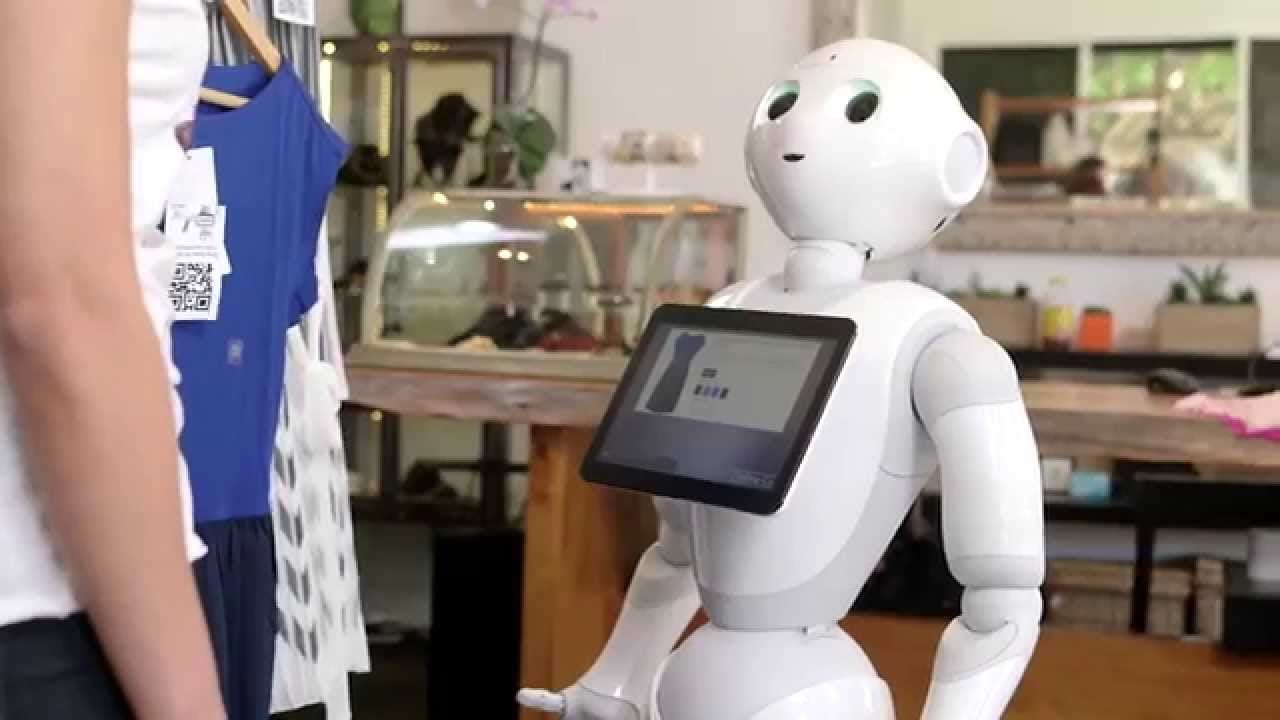5 Ways Robots Are Revolutionizing These Retail Markets
May 20, 2022 By Natalia Galvis
By Shannon Flynn

Retail robotics is completely transforming markets throughout the industry. The innovations that robots are bringing to retail are allowing businesses to offer better customer service and faster delivery while also saving money and optimizing their operations. These five markets in particular are seeing incredible growth thanks to retail robotics.
1. Rapid Delivery
There are few services more in demand today than rapid delivery. Amazon set a high standard for the rest of the retail industry, sparking innovation among competitors. Consumers are no longer content to wait a week or two to get their orders. They want delivery in a couple of days or less. Retail robotics is the key to accomplishing rapid delivery.
Examples of Rapid Delivery Robots
By using retail robotics to automate key aspects of operations and order fulfillment, virtually any business can offer rapid delivery. Micro fulfillment centers often go hand in hand with a strong robotics strategy. For example, one groundbreaking, fully-automated grocery store opened in Atlanta, Georgia, in early 2022. The store offers same-day grocery pickup and delivery with no long wait lines or crowded stores. Instead, orders are picked by robots.
2. In-Store Shopping
Retail robotics provides many unique opportunities for enhancing the in-store shopping experience. From robotic kiosks to inventory retrieval robots, there are all kinds of ways that businesses can use robots to expand the service they are able to offer in physical stores.
Examples of In-Store Shopping Robots
Today’s retail robots are capable of some incredible things that bring in-store shopping into the future. A perfect example is one retail robot named “Pepper” that can intelligently give shoppers clothing recommendations based on their unique body shape and proportions. Customers can even show the robot an item of clothing and ask if it would look good on them. Pepper takes a technology that was formerly only available online and brings it into real stores, where customers can actually try on those clothing recommendations.
3. Store Operations
Over recent years, store operations have become a challenge for many retailers. From keeping up with cleaning regiments to compensating for staffing shortages, there are many areas of operations where retail robotics can help.
Examples of Store Operations Robots
There is a wide variety of retail robotics that are ideal for store operations. They include physical robots as well as AI and robotic process automation (RPA).
For example, AI can help retailers with macro space optimization and space performance analytics, allowing retailers to find the best possible layout for their physical stores. UV disinfection robots have also become popular around the world. These robots can autonomously disinfect virtually any surface free of physical contact, helping retailers to maintain clean spaces in an affordable way.
4. Hospitality
Those in the retail industry know how important hospitality can be for making sure shoppers have a good experience. Attentive, positive, and helpful hospitality service can make the difference between a great experience and a bland one. Retail robotics is great for filling in hospitality gaps and giving customers the best service possible.
Examples of Hospitality Robots
A perfect example of retail robotics at work in hospitality is greeter robots, which can function as an interactive step up from basic kiosks. Giving a humanoid shape to something that can perform the same functions as an information kiosk instantly creates a more personal experience for the customer.
It’s also worth considering that retail robots are better equipped to handle dissatisfied customers, especially with individuals who may have otherwise taken their negative feelings out on unsuspecting employees. A greeter robot or roving customer service robot is perfect for checking in on customers as needed to help maintain a peaceful and helpful shopping environment.
5. Returns Processing
As many in the retail industry know, returns can be both complicated and expensive. Retailers are often expected to cover return shipping costs on top of the operating costs of processing returned items and deciding what to do with them next. Retail robotics can help retailers efficiently process returns to save money and offer a better returns experience for customers and employees alike.
Examples of Returns Processing Robots
When it comes to returns processing today, automation is key. Retailers can use courier robots, pick-and-place robots, and other types of warehouse robots to automate their returns processing. AI-powered cameras can scan returned items to determine if they are fit to be sold at MSRP again or if they need to be transferred to clearance or another resale outlet.
Inventory management robots can help retailers’ warehouse teams quickly unpack and sort returned items, as well. Involving retail robotics in this process reduces strain on employees and speeds up the returns process to make it less costly and time-consuming.
Transforming Shopping With Retail Robotics
The global retail market generates over $27 trillion in sales, including retailers in every nation and niche. That is a massive market to serve, especially with customers asking for faster shipping and more diverse product offerings. Retail robotics is a clear path into the future of retail, helping businesses to innovate their operations and service.
With a few robots, any retailer can transform their business to offer efficient operations, unique experiences, and next-generation customer service.
Discover more about Business and Robots with RobotLAB!
Check more information here: www.RobotLAB.com
















.webp?width=124&height=124&name=image%20(1).webp)
.webp?width=169&height=87&name=image%20(2).webp)



































